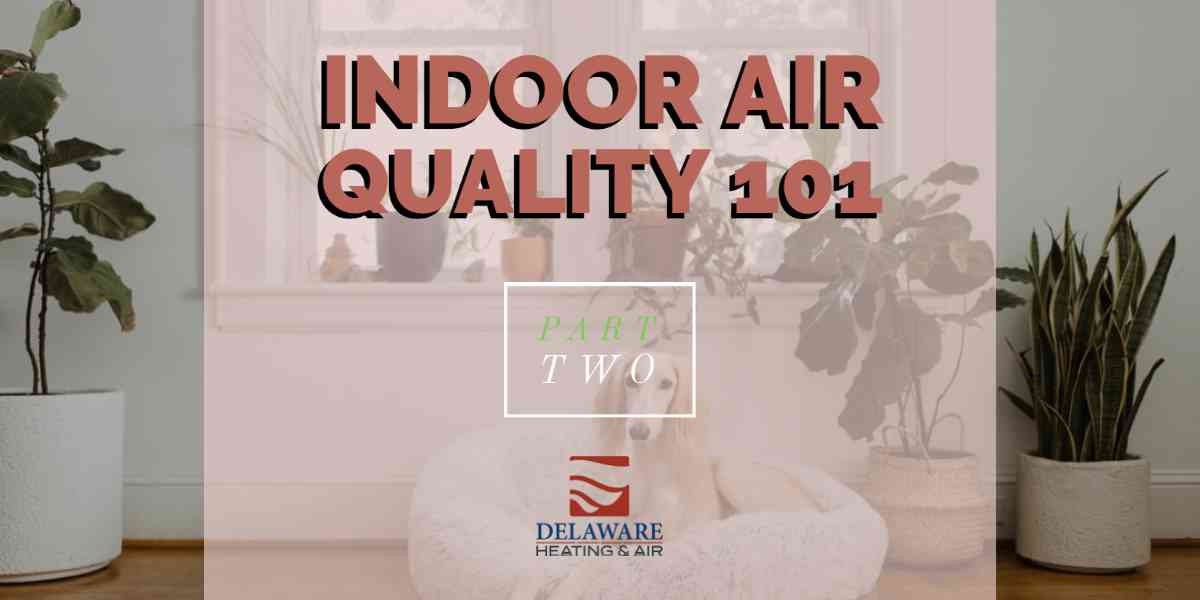In Part 1, we outlined the reasons why Indoor Air Quality is such a crucial issue in our modern times, explaining how Americans spend roughly 90 percent of their time indoors where the confined air supply is typically two to five times more toxic than the air outside, even in major cities with tons of industry.
Now, in this part, we will pinpoint the more prevalent types of air pollution in our homes and places of work and discuss how they can compromise your health, well-being, mood, and energy levels.
We should note here that indoor air pollution is nothing new. In fact, it has improved in recent decades. However, as science and medicine advances, World Health Organization officials say the realization of the damage it’s doing is setting in: Indoor Air Pollution is a far more serious health problem than most Americans realize. This problem is compounded in homes with lower income levels, where the risk factor is most critical.
Common Forms of Household and Workplace Air Pollution
How often do we ask ourselves what kinds of pollution might be drifting around in our homes in the air we breathe? Health officials say not enough.
Most of the time indoor air pollution comes in the form of tiny particles that humans can’t see with the naked eye. Because of this, officials have compiled a long list of the more prevalent toxins and impurities floating around within our homes and workplaces. The following is a list of the most frequent offenders.
- Mold
- Pollen, grasses, and grains
- Mildew
- Dust mite waste
- Other types of dust particles
- Toxic chemicals like pesticides
- Dangerous gases like carbon monoxide and radon
- Volatile Organic Compounds
- Fuel-burning apOutdoor air pollution coming indoors
- pliances
- Pet dander
- Building materials and furnishings from home repairs
- Degraded insulation containing asbestos
- Products for household cleaning, maintenance, personal care, or hobbies
- Smoke from wood-burning stoves
- Food particles from cooking
- Tobacco smoke
In What Ways Does Indoor Pollution Affect Me?
Some of the particles floating around in your air get dragged inside by foot traffic. Often, they are transported on visitors or pets. It’s common for them to lodge themselves into your furniture. They can settle on flooring like rugs and carpets. Once inside, these particles don’t take very long to become airborne and breathable. If you aren’t utilizing ventilation or if you are lacking sufficient air filtration, these impurities can cause problems, if they aren’t already a problem.
The health repercussions of an air pollution problem in your home may become evident soon after an exposure or, in some cases, years after frequent exposure. It depends on how healthy you are, what’s in your air and how much and how good the ventilation and air filtration is for your home.
Some of The Short-Term Effects
Some health effects show up right after being exposed to the pollutant. These effects include symptoms like irritation of the eyes, throat, and nose, headaches, fatigue, and dizziness. Frequently, right after exposure of some kind, asthma and allergy symptoms may appear or worsen.
Some of The Long-Term Effects
Sometimes health effects appear years after being exposed, or after long or repeated periods of it. If the pollution in a home is really bad and left unchecked, these types of effects could include certain respiratory problems, heart disease and even cancer.
GET YOUR HOME TESTED!
We at Delaware Heating & Air care about your health and safety and recognize how some of this information from the EPA may come across as disturbing. We are only promoting it to help you know more because the more you know, the more prepared you can be and the better choices you can make. A huge component in preparation is finding any known sources of indoor air pollution, which means having your home tested by a professional. For more information about professional air quality testing or to make an appointment with one of our friendly technicians, please give us a ring today at 740-227-8302, or if you want to set something up now click here.
Indoor Air Quality 101: Part 1







